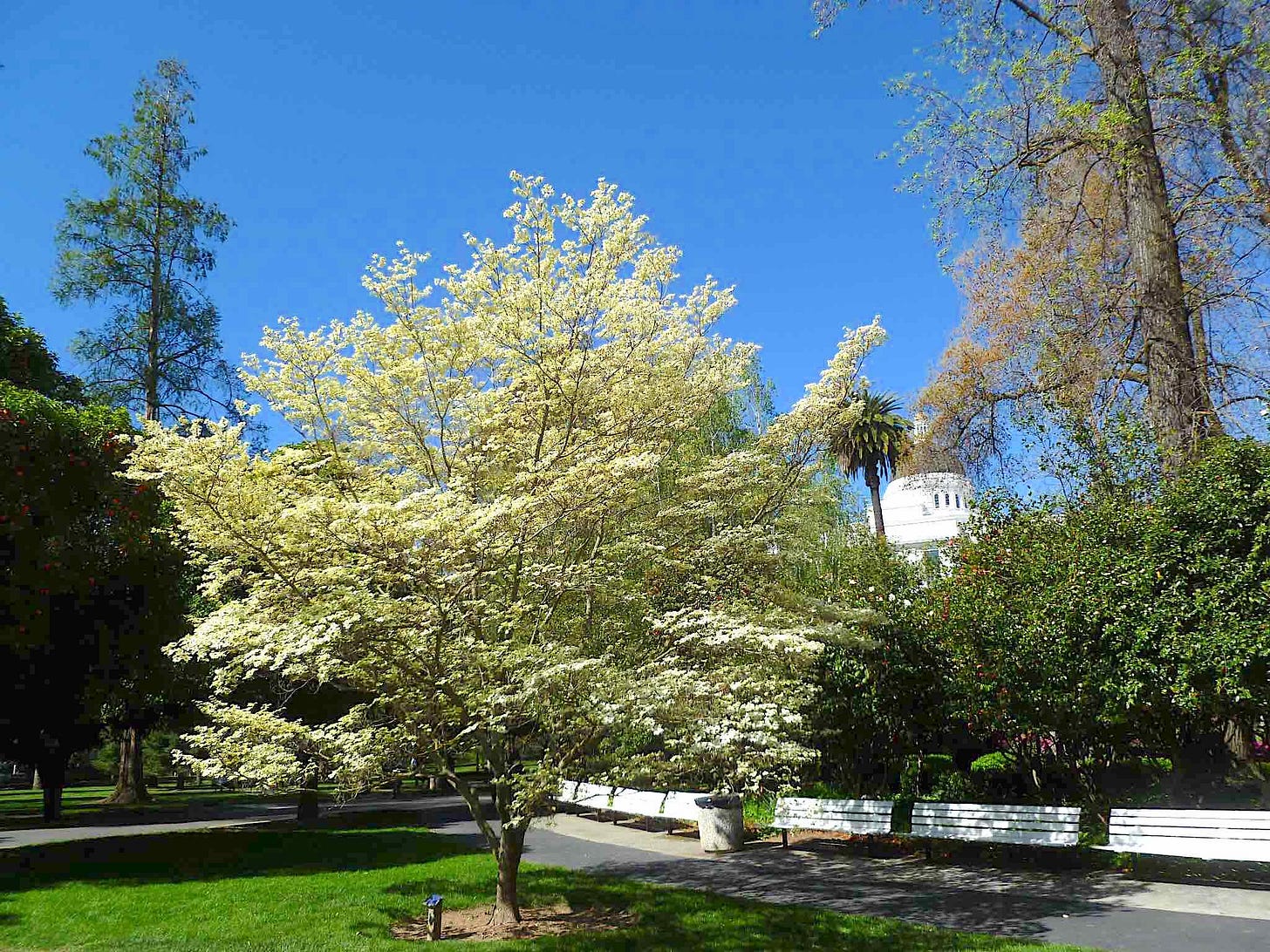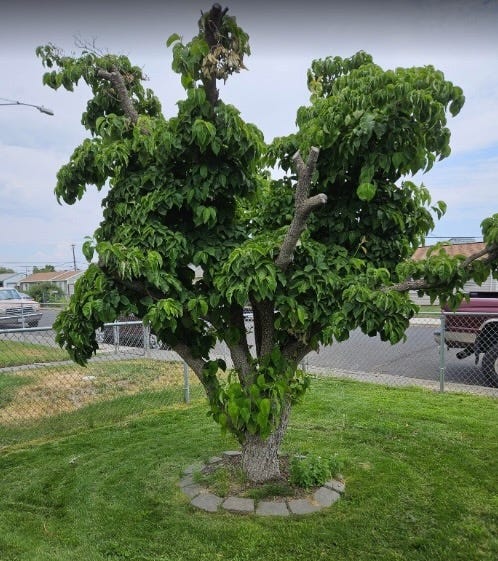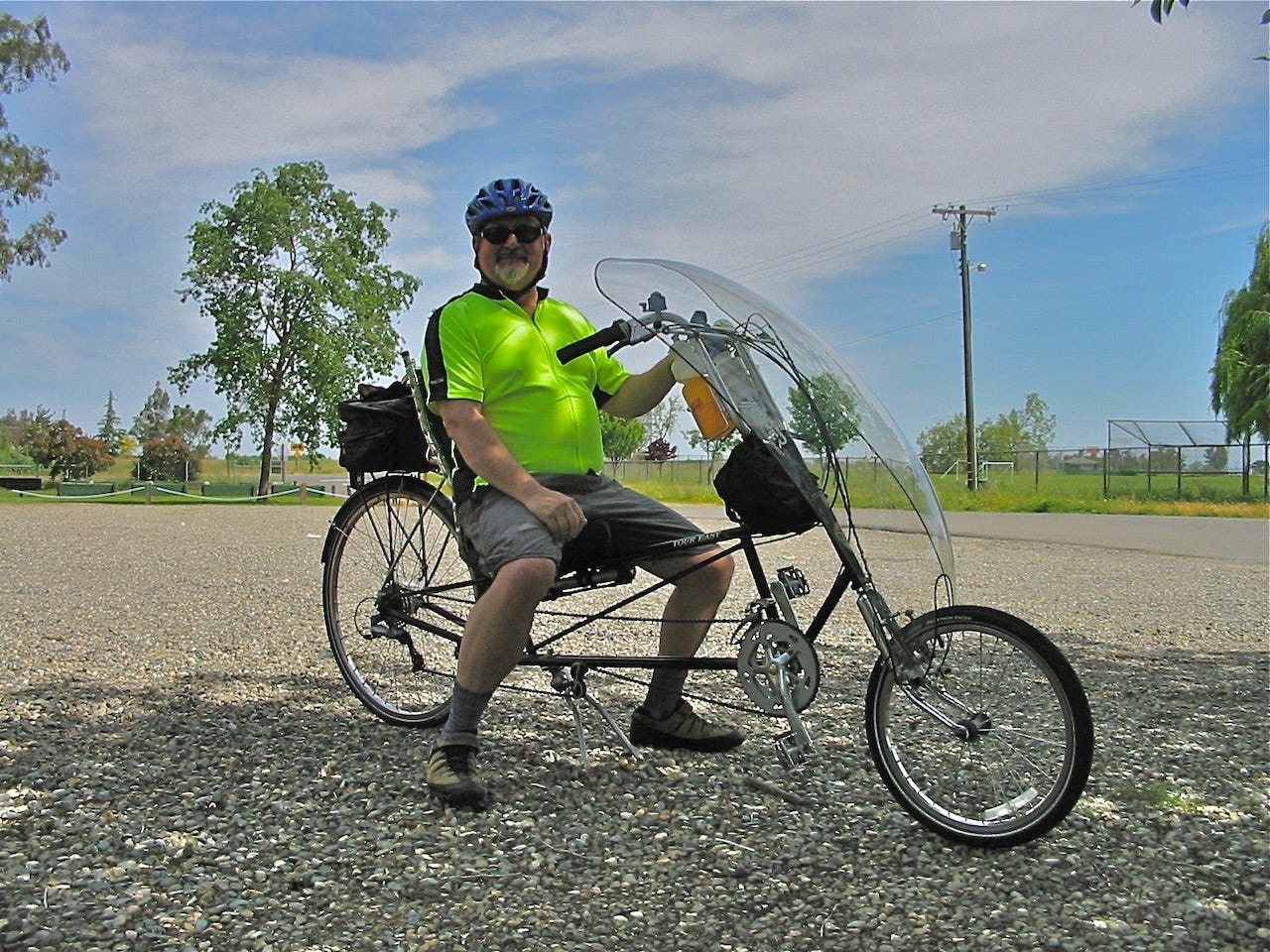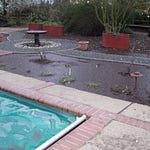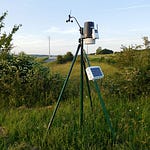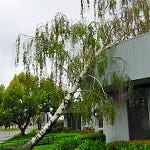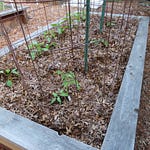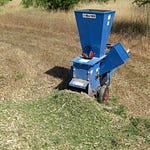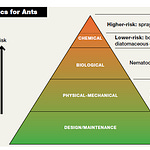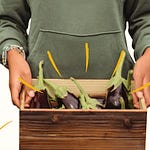A dogwood tree is easy to love: flowers in the spring, beautiful orange/pink/red fall leaf color; a small to medium height tree, perfect for a patio area.
The University of Florida lists the dogwood tree’s strengths and weaknesses:
“The state tree of Virginia, the flowering dogwood grows 20 to 30 feet tall and spreads 25 to 30 feet. It can be trained with one central trunk or as a picturesque multi-trunked tree. The flowers consist of four bracts which subtend the small head of yellow flowers. The bracts may be pink or red depending on cultivar but the species color is white. The fall color depends on site and seed source but on most sun grown plants will be red to maroon. The bright red fruits are often eaten by birds. Fall color is more vivid in USDA hardiness zones 5 to 8a. Branches on the lower half of the crown grow horizontally, those in the upper half are more upright. In time, this can lend a strikingly horizontal impact to the landscape, particularly if some branches are thinned to open up the crown. Lower branches left on the trunk will droop to the ground, creating a wonderful landscape feature.
“The tree is not suited for parking lot planting but can be grown in a wide street median, if provided with less than full-day sun and irrigation. Dogwood is a standard tree in many gardens where it is used by the patio for light shade, in the shrub border to add spring and fall color or as a specimen in the lawn or groundcover bed. It can be grown in sun or shade but shaded trees will be less dense, grow more quickly and taller, have poor fall color, and less flowers. Trees prefer part shade (preferably in the afternoon) in the southern end of its range. Many nurseries grow the trees in full sun, but they are irrigated regularly. Flowering dogwood prefers a deep, rich, well-drained, sandy, or clay soil and has a moderately long life. It is not recommended in the New Orleans area and other heavy, wet soils unless it is grown on a raised bed to keep roots on the dry side. The roots will rot in soils without adequate drainage.
Several of the cultivars listed are not readily available. Pink-flowering cultivars grow poorly in USDA hardiness zones 8 and 9. 'Apple Blossom'—pink bracts; 'Cherokee Chief'—red bracts; 'Cherokee Princess'—white bracts; 'Cloud 9'—white bracts, many blooms, flowers at early age; 'Fastigiata'—upright growth while young, spreading with age; 'First Lady'—leaves variegated with yellow turning red and maroon in the fall; 'Gigantea'—bracts 6-inches from tip of one bract to tip of opposite bract; 'Magnifica'—bracts rounded, 4-inch diameter pairs of bracts; 'Multibracteata'—double flowers; 'New Hampshire'—flower buds cold hardy; 'Pendula'—weeping or drooping branches; 'Plena'—double flowers; var. rubra—pink bracts; 'Spring Song'—bracts rose red; 'Springtime'—bracts white, large, blooms at an early age; 'Sunset'—supposedly resistant to anthracnose; 'Sweetwater Red'—bracts red; 'Weaver's White'—large white flowers, adapted to the south; 'Welchii'—leaves variegated with yellow and red; 'White Cloud'—flowers more numerous, bracts white; 'Xanthocarpa'—fruit yellow.
“Aphids may be controlled by spraying them with a strong stream of water from the garden hose.
Several borers will attack dogwood. Try to keep the trees healthy with regular fertilization, and irrigation during dry weather. Indications of borer problems are holes in the trunk, leaves smaller than normal, and dieback of the crown.
Dogwood club gall midge causes galls at the branch tips. The leaves on affected branch tips may be distorted and the branch may fail to form a flower bud. Prune out the galls as soon as they are seen.
Leaf miners cause brown blister-like mines on the undersides of leaves. The adult leaf miner skeletonizes the leaves.
Scales can build up to large numbers before being detected. Horticultural oil will help control overwintering stages.
Twig girdlers prune the tips of small branches. They are more of an annoyance than a serious problem unless you are a nursery operator.
“Dogwood anthracnose may be the biggest concern with growing flowering dogwood. Infection is favored by cool, wet spring or fall weather. Drought and stressed trees appear to be most affected, as are those at higher elevations. Trees on the coastal plain may be much less likely to become affected. Consecutive years of infection can kill trees. Keep the tree healthy with regular irrigation in dry weather but avoid overhead irrigation. Plant the tree in an area which allows the leaves to stay as dry as possible. Consult a local pathologist for the latest in control measures. Cornus kousa is thought to be resistant to anthracnose and it can be planted in areas where anthracnose is a problem. It is a very beautiful tree.
Early symptoms of dogwood canker are smaller and paler leaves than normal. Leaves on infected branches are red earlier in the fall. At first the symptoms appear only on the infected side of the tree but become more general as the canker enlarges. There is no chemical control for the disease. Avoid trunk wounds during and after planting.
Crown canker is associated with wet soils and can be controlled with appropriate fungicides.
Flower and leaf blight attacks fading bracts, especially during wet weather. Infected flower parts fall on the leaves spreading the infection.
A large number of leaf spots attack dogwood. Clean up and dispose of infected leaves.
Powdery mildew covers the leaves with a fine white coating.
Leaf scorch occurs during hot, dry, windy weather. This condition looks like a disease. Scorch symptoms are drying and browning of the leaf margins, or, in more serious cases, drying and browning of the interveinal area.”
What does driving a British sports car, dating Kim Kardashian, and growing a Dogwood tree have in common? High maintenance.
If you’ve made it this far, you probably have come to realize that a dogwood tree - especially in a climate not conducive to its happiness - may require regular, proper maintenance.
Which brings us to listener Katie’s question about her stressed-out dogwood tree that seems to be sprouting everywhere. Listen to the podcast (above) for our take on the topic. The astute among you may see some possibilities for stress in this picture of her dogwood:
The University of California’s Ag and Natural Resources Department lists the optimum conditions for a dogwood tree:
“Dogwoods can grow in several different climatic zones depending on species. They prefer generally acid soils with high organic content. Dogwoods generally need adequate moisture. They do best in areas with partial shade to full sun. In hot, arid climates, partial shade is preferred to protect them from leaf scorch.”
The University of California likes to make lists of a plant’s possible problems. The list for the dogwood?
A 1961 Jaguar E-Type (British Racing Green, of course) might be easier to keep healthy.
But just like that fellow down the street from you who is always tinkering in the garage on some past love in his internal combustion life, there are gardeners throughout the country who will suffer any dogwood setbacks gladly, nursing them back to health, just to enjoy the spring flower show and the fall color. For gardeners, the pain is worth the pleasure.
Thanks for reading Beyond Basics: The Garden Basics with Farmer Fred Newsletter! Subscribe for free to receive new posts and support my work.
Thank you for also listening to the Garden Basics with Farmer Fred podcast! It’s available wherever you get your podcasts. Please share it with your garden friends.
Fred Hoffman is also a University of California Cooperative Extension Master Gardener in Sacramento County. And he likes to ride his bike(s).



